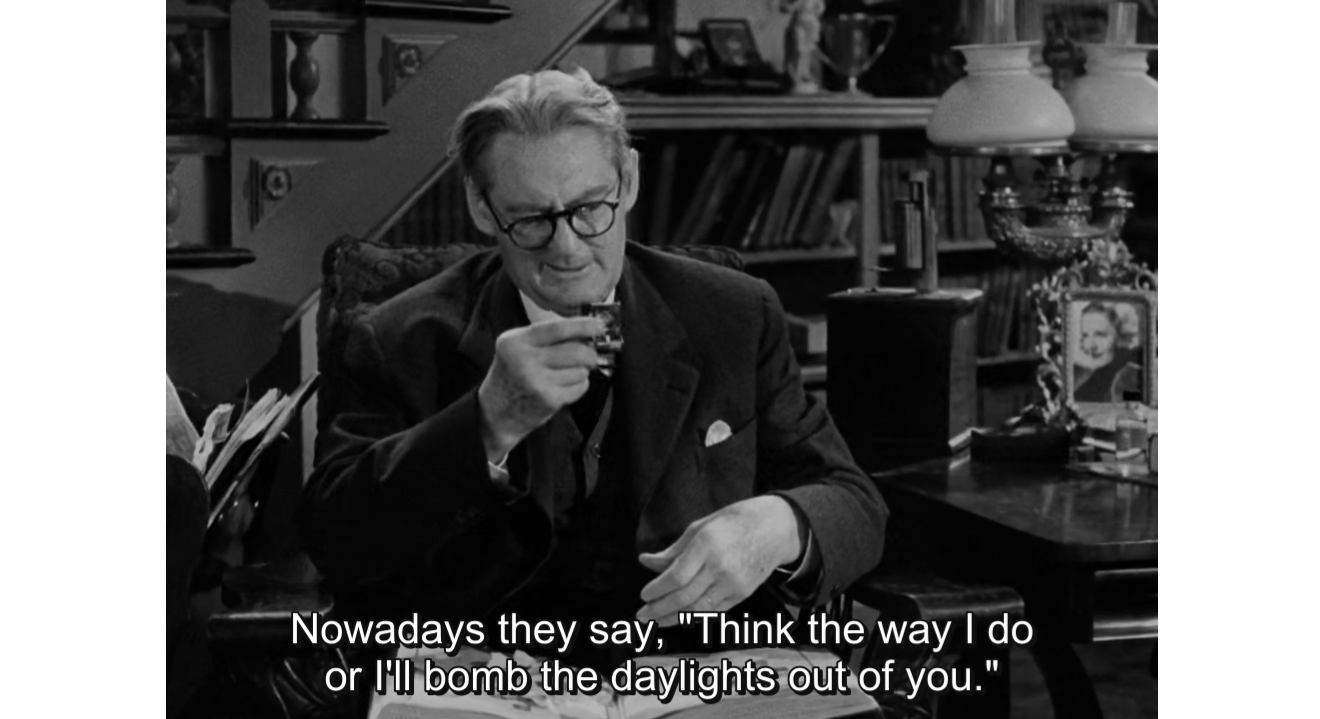Puti (Mike Alcazaren, 2013)
English Title: White
There is little joy in his life. The craft that destiny has chosen for him forces him to view the expensive works he copies upside down. He admits to Nika that the method makes it easier for him to create his immaculate replicas. It helps him to see the artwork as just a myriad of assorted brushstrokes and colors. Money is not scarce. As long as he keeps his art dealer content with the satisfactory forgeries he makes, there will always be more work for him. The morality of his job is a non-issue. Given a career that never took off and a son to properly raise, there is hardly any room for guilt, or so he thinks.
Amir figures in a car accident with his son. He wakes up, unable to see color. His doctor calls his ailment achromatopsia. It only means he has become very sensitive to light. There is no comfort in the diagnosis. He has deliverables he owes his art agent, who pulled certain strings so he can get discounts for the medical treatment of his son, who is in a coma.
Stranger things happen. The blind woman he got as art subject prior to his accident has been appearing everywhere. Her woeful tale of her eyes being gouged out by her mother lingering. At work, birds fly out of nowhere. Paintings display images that previously were not there. At the hospital, a mysterious nurse (Lauren Young) repetitively reads a storybook to his unconscious son.
What Alcazaren accomplishes in Puti is to conjure horror out of the very specific world of art. The very premise, of a painter suddenly losing the capability to discern color, is enough a nightmare to anyone who relies on visual arts to exist. Alcazaren translates those specific terrors within cinematic boundaries, creating an atmosphere of both dread and disorientation.
Alcazaren manages to sustain the deliciously quiet madness he has carefully set up through protracted visuals that are just a critical sliver off from comfortable reality. It is that very fact that Puti takes that brave step out of normal logic and overrated reality that makes it so intriguing. Absent any allegiance to reason and armed with limitless imagination, Alcazaren manages to break away from the conventions of the genre he initially proposes Puti to be part of.
Puti unfortunately decides to fall into the trap of narrative convention, of needing to explain all the chaos. Even more unfortunate is how all the style and atmosphere that Alcazaren invested are conveniently betrayed by the ruinous need to cleanly wrap Amir’s tale with a dully moralistic stance on his illicit job. The nightmare literally becomes just a nightmare, and in the process, loses its charms. Everybody becomes happy, and everything else witnessed before its overwrought conclusion become nothing more than vulgar exhibition.
There is very little difference between an expressionist masterpiece and a regrettable failure. In this case, that difference is good taste. In its final few minutes, Alcazaren abandons the film’s perversions for good taste, and as a result and despite its numerous pleasures, Puti regrettably fails.
(Cross-published in Twitch.)




































No comments:
Post a Comment